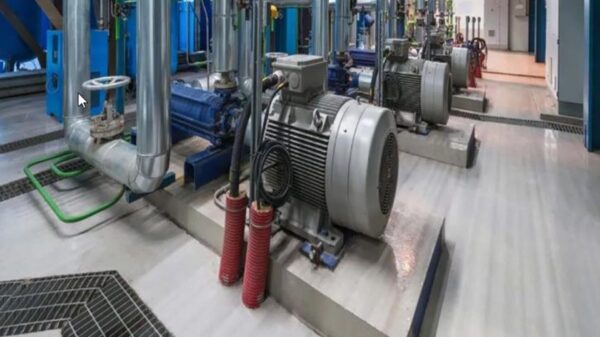Grout is an integral component of most tiling installations, as it fills the spaces between tiles, binding them together and providing a uniform appearance.
Typically a cement-based product, grout comes in a variety of colors beyond basic white, allowing for more creative design options.
This article will examine the purpose and benefits of colored grout for tiles from a civil engineering viewpoint.
What is Colored Grout?
Like traditional white grout, colored grout consists primarily of water, cement, sand and lime.
Pigments are added to the mixture to produce the desired hue. Popular options include gray, tan, brown, black and terra cotta.
An expanding array of custom colors is also available to complement specific tile types and decors.
When installed correctly in the joints between tiles, the grout hardens and provides a durable, seamless finish.

Benefits of Using Colored Grout
Aesthetics –
Colored grout enables greater versatility in tile design, harmonizing with the tile color for a unified look or contrasting to create visual interest. Dark grout paired with light tiles can provide definition, for instance.
Stain Resistance –
Certain grout colors like gray may better resist the appearance of dirt and stains compared to white. This also applies to kitchen backsplash areas prone to cooking messes.
Design Flexibility –
Varying the grout shade can make a room feel larger or smaller. Lighter grouts reflect more light to suggest spaciousness, while dark colors have a cozying effect.
Material Longevity –
The color uniformity of darker grout helps it better mask the appearance of cracks from normal settling or minor impacts over time.
Easy Maintenance –
When matched appropriately to the application, colored grout requires less frequent cleaning to maintain its appearance.
Considerations When Selecting Grout Color
- Grout visibility – Smaller tile sizes mean more visible grout. Bolder colors make sense for less visible, wider joint applications.
- Lighting conditions – The way a color reads can shift in different lighting. Natural light versus artificial light is a factor.
- Tile colors used – Grout color should complement or purposefully contrast with tile colors in the space.
- Room size and proportions – As noted for spatial effects, a dark grout in a small space may feel overly heavy.
- Level of traffic – Higher traffic areas like kitchens may dictate more stain-resistant gray or tan grout.
- Cleaning requirements – While lower-maintenance than white, colored grout still requires periodic cleaning appropriate to usage.
Can Grout Color Be Changed?
It is possible to change existing grout color without completely re-grouting. This involves applying a specialty grout colorant product to re-stain the cleaned grout joints.
However, effectiveness depends on grout condition and preparation. Professional contractors can help assess if colorant will work or if custom grout replacement is instead needed.
conclusion
Grout color choice impacts both the aesthetic design and performance of tiled spaces.
When selected intentionally, colored grout enables designers to realize a variety of sophisticated, creative visions that integrate beautifully with a building’s purpose.
By understanding the nuances of lighting, proportions, tile colors and usage, civil engineers can make informed grout recommendations for durable, long-lasting tile installations.





